Filter by

Archaeology in the PPG16 Era Investigations in England 1990–2010
The Archaeological Investigations Project (AIP), funded by English Heritage, systematically collected information about the nature and outcomes of more than 80,000 archaeological projects undertaken between 1990 and 2010. This volume looks at the long-term trends in archaeological investigation and reporting, places this work within wider social, political, and professional contexts, and review…
- Edition
- -
- ISBN/ISSN
- 9781789251111
- Collation
- -
- Series Title
- -
- Call Number
- -
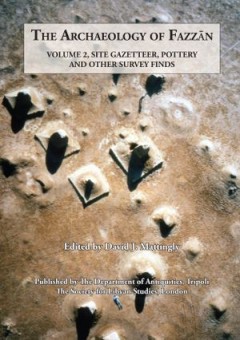
The Archaeology of Fazzan, Volume 2 Site Gazetteer, Pottery and other Survey…
The Archaeology of Fazzan, volume II, Site Gazetteer, Pottery and other Survey Finds, Edited by David J. Mattingly “The Libyan Sahara is one of the richest desert areas for the study of human adaptation to changing environmental and climatic conditions. This is the second volume in a projected series of four reports detailing the combined results of two Anglo-Libyan projects in Fazzan, Libya�…
- Edition
- -
- ISBN/ISSN
- 9781914268052
- Collation
- -
- Series Title
- -
- Call Number
- -
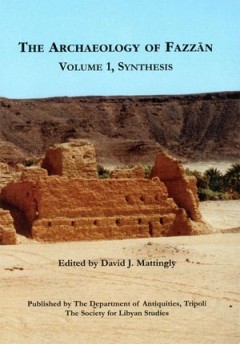
The Archaeology of Fazzan, Volume 1 Synthesis
This book seeks to advance knowledge of human settlement and adaptation in the world's largest desert, the sahara. Previous studies focussed on the prehistoric phases but this study takes a wider historical and geographical perspective. It sets out to combine the results of several field campaigns, their histories and methodologies. We look at fieldwork, fortifications, funerary structures, irr…
- Edition
- -
- ISBN/ISSN
- 9781914268045
- Collation
- -
- Series Title
- -
- Call Number
- -
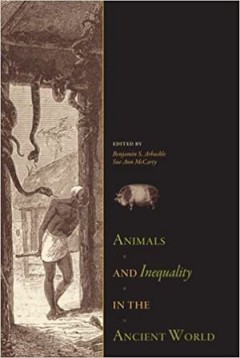
Animals and Inequality in the Ancient World
Animals and Inequality in the Ancient World explores the current trends in the social archaeology of human-animal relationships, focusing on the ways in which animals are used to structure, create, support, and even deconstruct social inequalities. The authors provide a global range of case studies from both New and Old World archaeology—royal Aztec dog burial, the monumental horse tombs of C…
- Edition
- -
- ISBN/ISSN
- 9781646422487
- Collation
- -
- Series Title
- -
- Call Number
- 930.1 ANI a
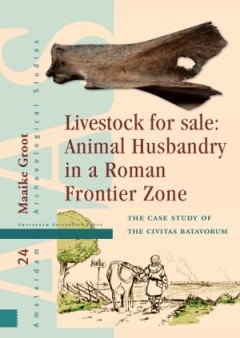
Livestock for Sale: Animal Husbandry in a Roman Frontier Zone
The civitas Batavorum was a settlement on the north-western frontier of the Roman Empire, and it is now the site of numerous archaeological excavations. This book offers the most up-to-date look yet at what has been discovered, using the newest archaeological techniques, about the town and its economy, its military importance, and the religious and domestic buildings it held. It will be essenti…
- Edition
- -
- ISBN/ISSN
- 9789048530281
- Collation
- -
- Series Title
- -
- Call Number
- -
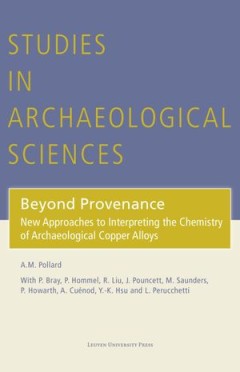
Beyond Provenance
Human intentionality in chemical patterns in Bronze Age metals For the last 180 years, scientists have been attempting to determine the ‘provenance’ (geological source) of the copper used in Bronze Age artefacts. However, despite advances in analytical technologies, the theoretical approach has remained virtually unchanged over this period, with the interpretative methodology only changing …
- Edition
- Vol. 6.0
- ISBN/ISSN
- 9789461662668
- Collation
- -
- Series Title
- -
- Call Number
- -
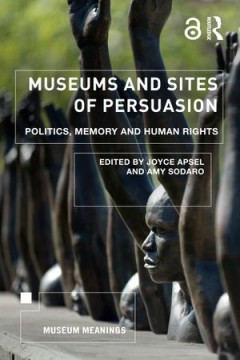
Museums and Sites of Persuasion: Politics, Memory and Human Rights
Museums and Sites of Persuasion examines the concept of museums and memory sites as locations that attempt to promote human rights, democracy and peace. Demonstrating that such sites have the potential to act as powerful spaces of persuasion or contestation, the book also shows that there are perils in the selective memory and history that they present.Examining a range of museums, memorials an…
- Edition
- -
- ISBN/ISSN
- 9780429649837
- Collation
- -
- Series Title
- -
- Call Number
- 708 MUS m
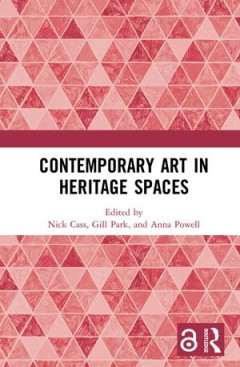
Contemporary Art in Heritage Spaces
Contemporary Art in Heritage Spaces considers the challenges that accompany an assessment of the role of contemporary art in heritage contexts, whilst also examining ways to measure and articulate the impact and value of these intersections in the future. Presenting a variety of perspectives from a broad range of creative and cultural industries, this book examines case studies from the past de…
- Edition
- -
- ISBN/ISSN
- 9780429624827
- Collation
- -
- Series Title
- -
- Call Number
- 701 CON c

Animals and Inequality in the Ancient World
Animals and Inequality in the Ancient World explores the current trends in the social archaeology of human-animal relationships, focusing on the ways in which animals are used to structure, create, support, and even deconstruct social inequalities. The authors provide a global range of case studies from both New and Old World archaeology—royal Aztec dog burial, the monumental horse tombs of C…
- Edition
- -
- ISBN/ISSN
- 9781646422487
- Collation
- -
- Series Title
- -
- Call Number
- -
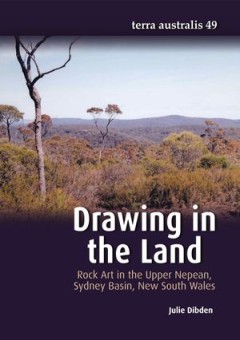
Drawing in the Land: Rock Art in the Upper Nepean, Sydney Basin, New South Wales
Drawing in the Land offers an important contribution to the field of rock art research and Australian archaeology. It provides a detailed study of the previously under-examined rock art of the Hawkesbury/Nepean area of New South Wales. The study presents a detailed historiography of Australian rock art research and, through the lens of landscape archaeology, offers an innovative contribution to…
- Edition
- -
- ISBN/ISSN
- 9781760462581
- Collation
- -
- Series Title
- -
- Call Number
- 730 DIB d
 Computer Science, Information & General Works
Computer Science, Information & General Works  Philosophy & Psychology
Philosophy & Psychology  Religion
Religion  Social Sciences
Social Sciences  Language
Language  Pure Science
Pure Science  Applied Sciences
Applied Sciences  Art & Recreation
Art & Recreation  Literature
Literature  History & Geography
History & Geography